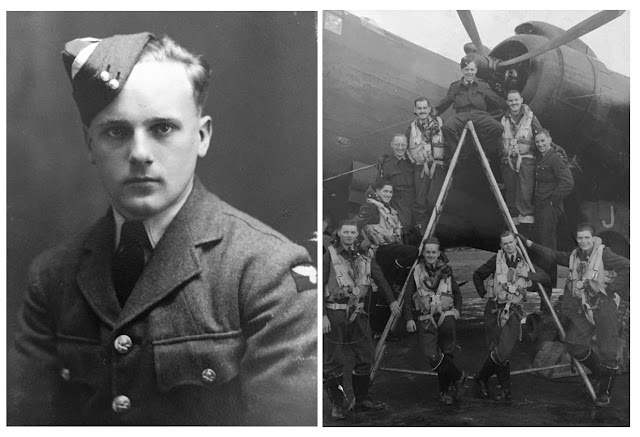Remembrance Sunday
Every November we ‘celebrate’ Remembrance Sunday.
This is the nearest Sunday to the
end of the First World War, 11th November 1918, in which 30,000 Welshmen
sacrificed their lives. This year Remembrance Sunday falls
on 8th November.
In my previous article I wrote about military records and what
information could be obtained from them.
In this month’s article, I am writing about what information can be
found from the various cemeteries and memorials where ‘our’ soldiers are buried
and commemorated.
The first to die from Swansea was Private Owen Owen who
drowned in Swansea docks whilst on duty in September 1914. His death was
re-ported in The Cambria Daily Leader on
7th September 1914. His funeral was reported in The
Cambrian on 9th September 1914. Extracts from both
newspapers are shown on the following pages. Owen Owen is
buried at Danygraig Cemetery, St. Thomas.
The last of the Swansea men to have been killed during the conflict of
the First World War, was Corporal Stephen Lamont,
from Sketty, who was killed on 11th November 1918, Armistice Day.
Private
Bryn Chapman, of Argyle Street, had died of influenza in England as reported by
the Cambria Daily Leader. The influenza epidemic known as
the Spanish Flu started during 1918 in the trenches of
the Western Front, and it is estimated that 10,000 people from Wales succumbed
to the disease. It would be interesting to find out how many people from
Swansea died.
Even though newspapers provide us with interesting information with the
events of the day, we do have to take some care as to whether that said
information is ‘correct’. This is illustrated in the article printed in The Cambria Daily Leader, dated 16th November 1918.
Further research on the Commonwealth
War Grave Commission website, www.cwgc.org on Stephen Lamont,
states that he was actually killed on the 4th November 1918 and he served with
2nd Battalion, Manchester Regiment, and he is buried at Ors Communal Cemetery,
France. Did his parents receive the news of his death on the 11th, as did
those of Wilfred
Owen, war poet, who is also buried in the same cemetery? Of Bryn Chapman,
there is a Brinley
Archibald Richard Chapman found on the website who died on the
15th November 1918 and is buried at Bethel Welsh Congregational Chapelyard,
Sketty. Before the war Brinley’s occupation
was a Copper Worker. After a bit of research into his death, I was able to find
out that he died at Military Hospital, Rugeley Camp, Staffordshire which was
built in 1916, containing 12 wards and over a 1000 beds. It was unusual during
this time for a body to be repatriated home.
The
Napoleonic War was the major conflict, concluding at the battle of Waterloo,
1815, 99 years previous to the start of the First World War. Those who served
with the British Army at that time and died in action would have been buried in
a communal pit. The First World War was the first of its kind in remembering
serving men who had died on active service, with the creation of the Imperial
War Grave Commission, 1917, the founder being Fabian
Ware. The commission changed its name to Commonwealth War Grave
Commission during the 1960s. The purpose of the Commission is set out in their
mission statement:-
“To pay tribute to
the personnel of the Commonwealth forces who died in the two world wars.
Also maintains a roll of honour for civilians killed in the Second World War”
What
information can be obtained from a military headstone?
The majority of the headstones are made of Portland Stone, in some cases
a stone of marble effect. They are 76 cm high, 38 cm wide and depth 7.6 cm. On
the face it contains the national emblem or regimental badge, rank, name, unit,
date of death and age. At the foot of the stone is a more personal dedication
chosen by relatives. For those who were unidentified their gravestone bore the
inscription Known unto God, words by Rudyard Kipling.
Illustrated (above) are memorial headstones of various countries, found
within Brookwood Military Cemetery.
Whilst at Brookwood Cemetery, I was informed by the gardeners of the
different Remembrance Services from the
various countries, taking place during November.
So
what other sort of Remembrance is there?
There are 125 memorial plaques and dedications in churches and buildings
around Swansea. The main memorial being Swansea Cenotaph designed by
architect Ernest E. Morgan and located
on Mumbles Road. The Foundation Stone was laid on 1st July 1922 by General Haig; with the dedication and unveiling on 21st
July 1923.
The Cenotaph, records 2,274 First World War names and 500 Second World
War names, these being set on bronze panels.
Copyright – The Bay Magazine – Winter 2015





Comments
Post a Comment